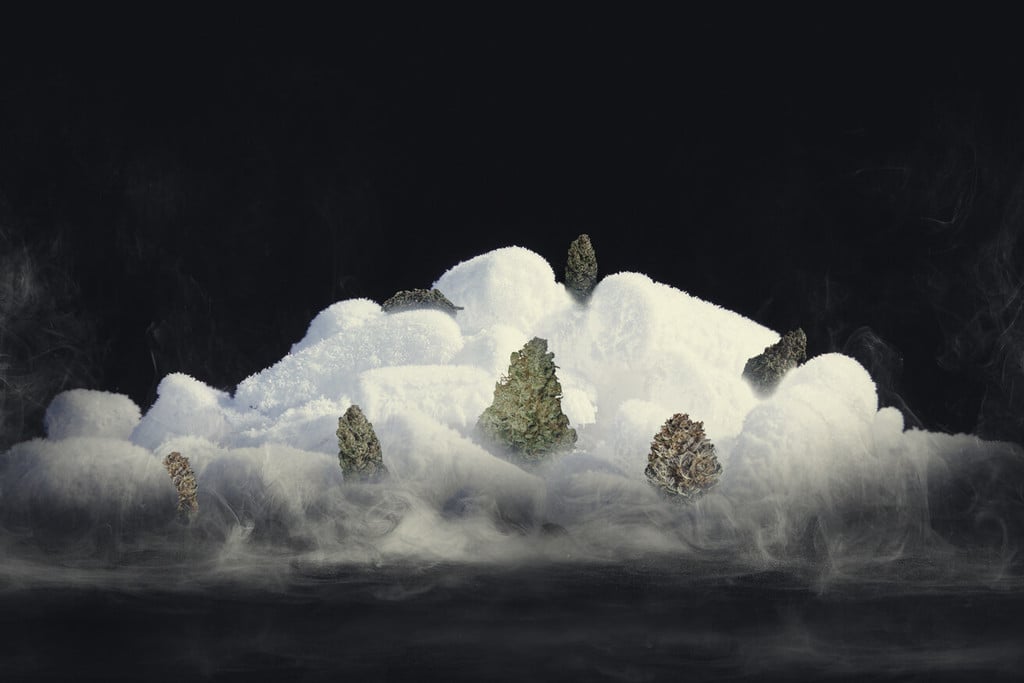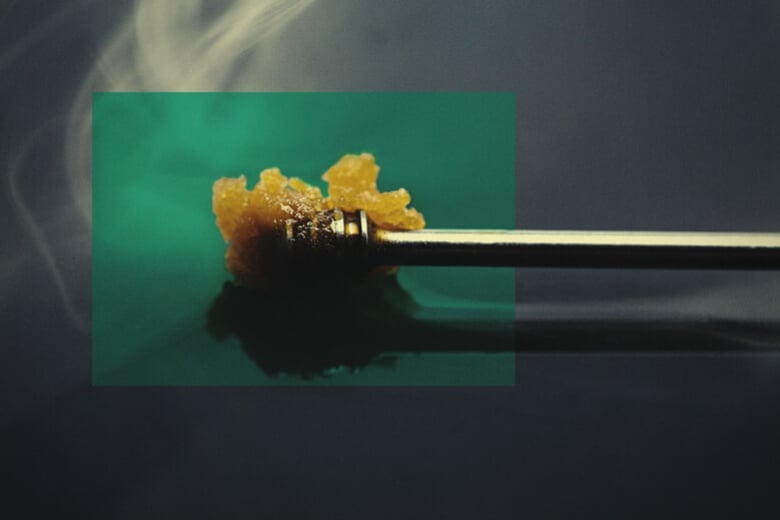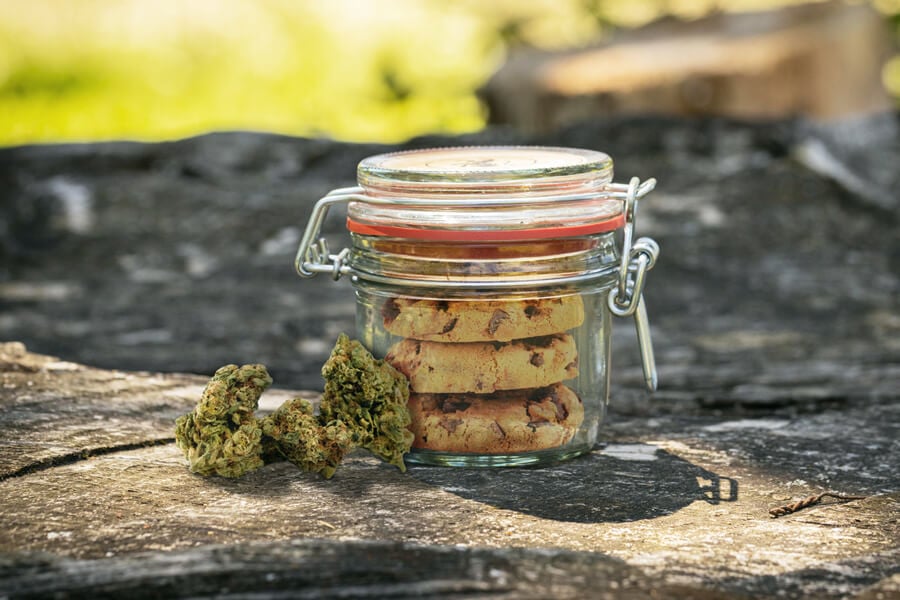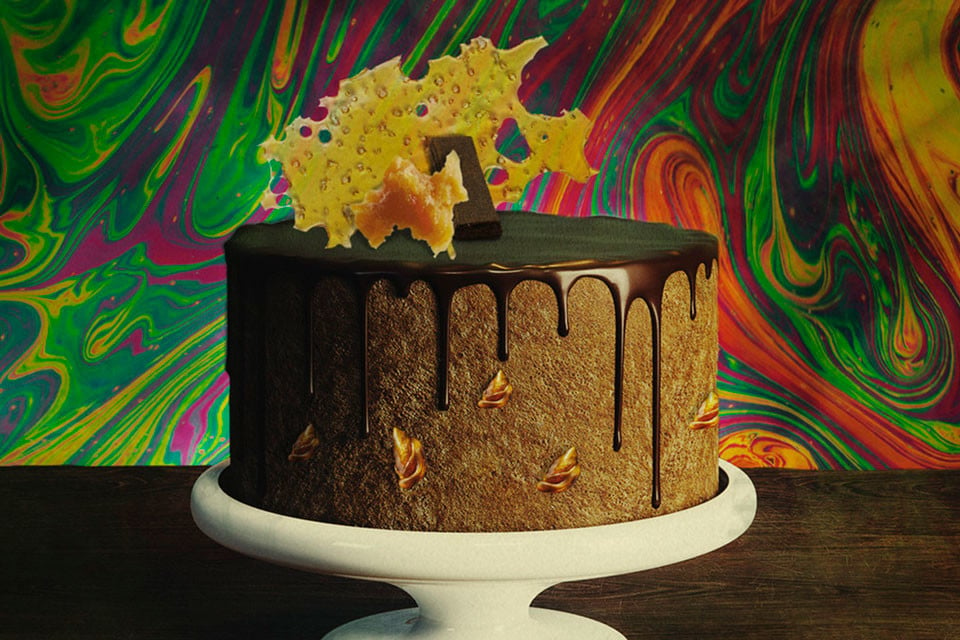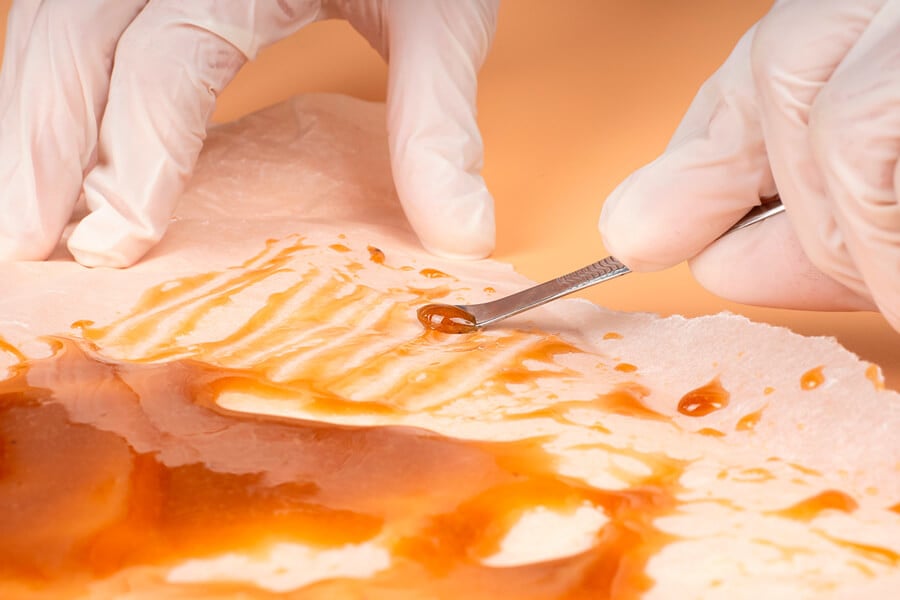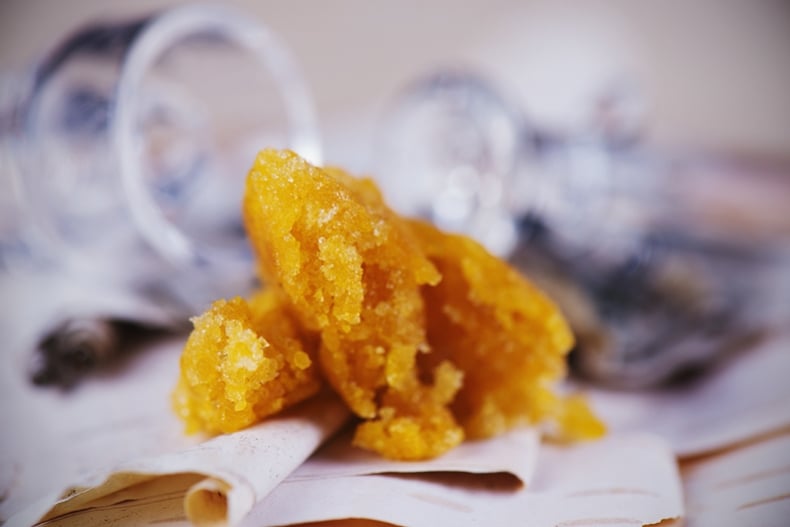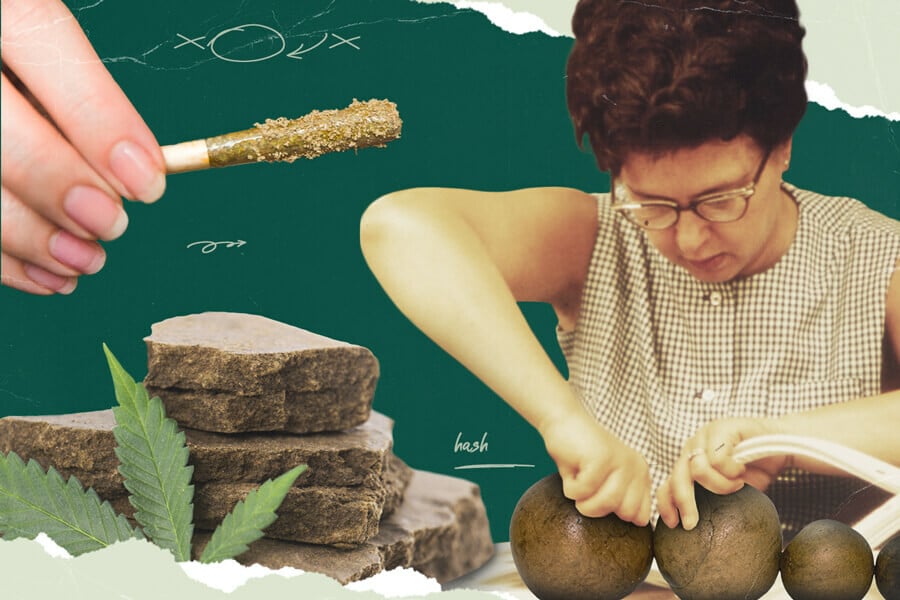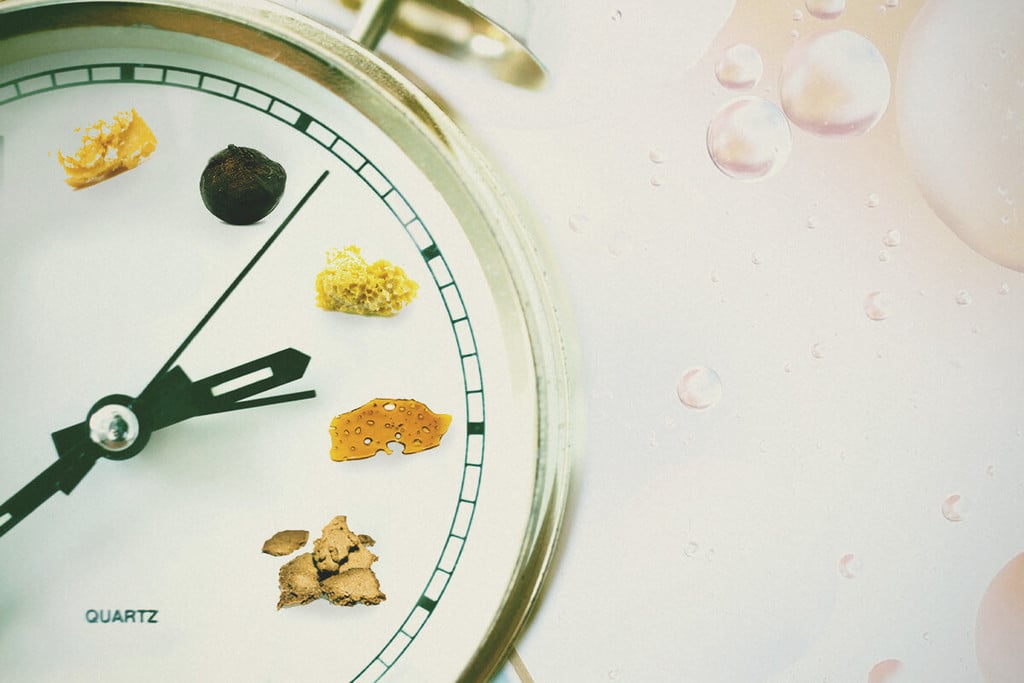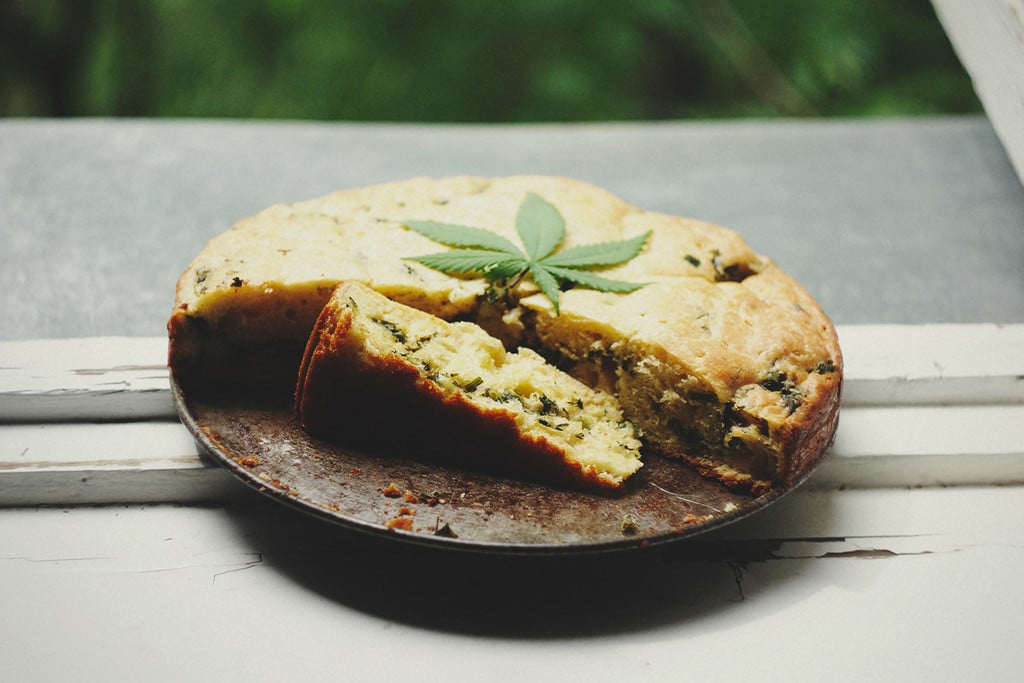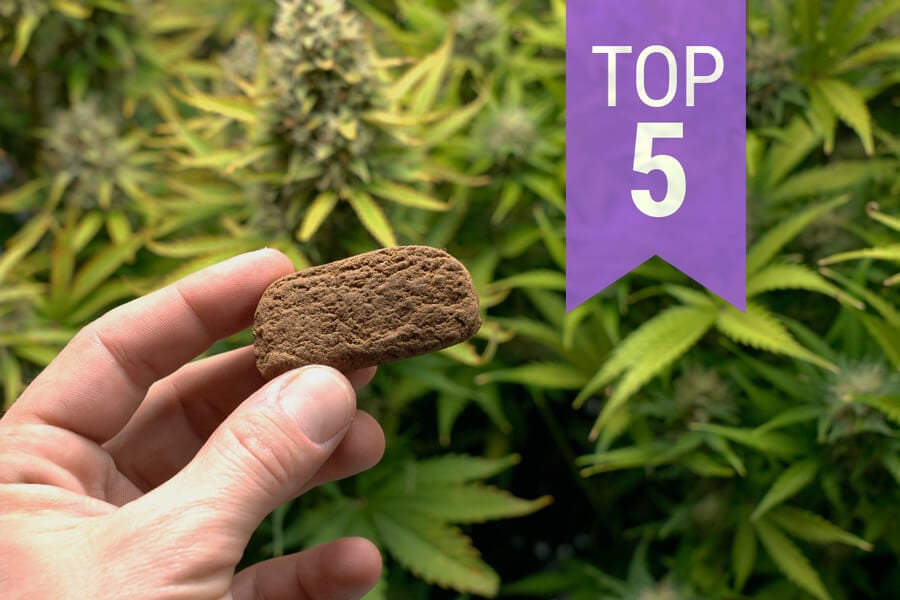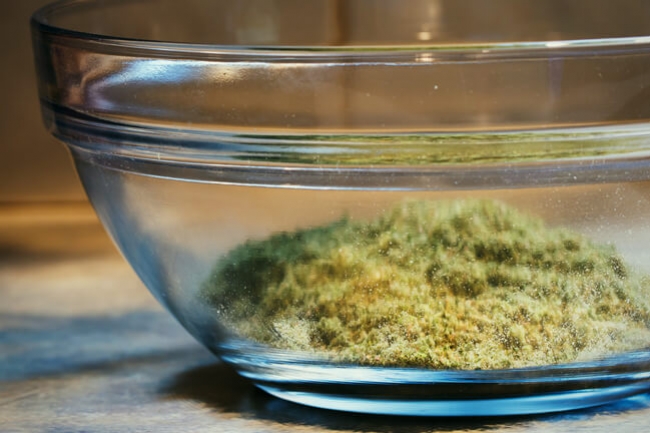.
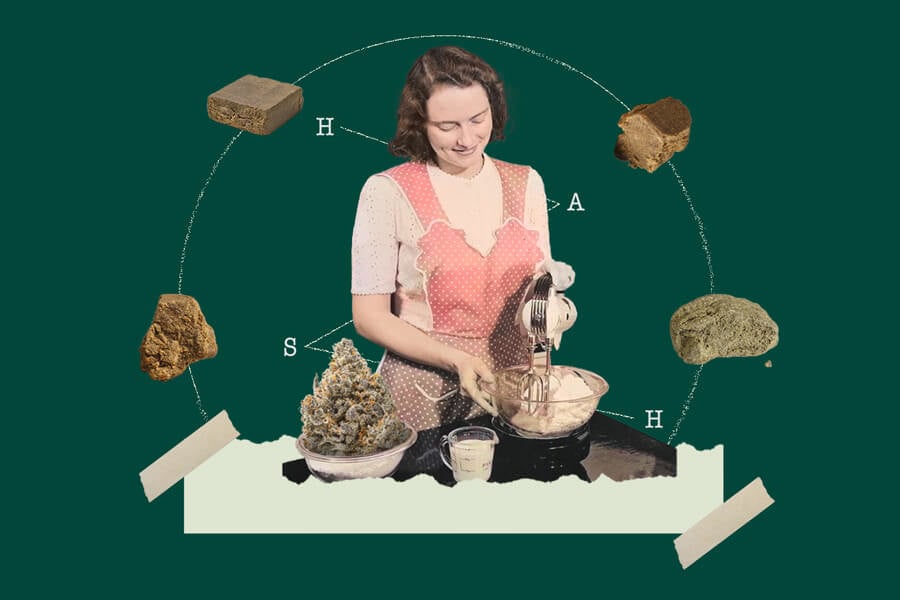
How to Make Hash Butter
Looking to up your edibles game? Hash butter is a balanced way to infuse your favourite recipes with high doses of THC and other cannabinoids. Read on to find out all you need to know.
Cannabutter is a staple ingredient in veteran cannabis user's fridges. From sweet treats like brownies to spicy curries, cannabutter can be used to infuse almost any dish with the power of weed. Veteran cannabis users looking for new ways to jam-pack even more cannabinoids and terpenes into their edibles, however, might want to experiment with cannabutter's brawny older brother—hash butter.
Made with hash rather than bud and trim, hash butter packs a serious punch. In this article, you'll learn all there is to know about hash butter, including how it's made and how it differs from traditional cannabutter or oil.
Contents:
What Is Hash Butter?
Hash butter is everything its name suggests: rich, creamy butter infused with potent hashish. From dry-sift to bubble hash and BHO, there are countless forms of hash out there offering different potencies and textures. Regardless of how different they might look, however, all hash varieties share one common denominator—they are made by extracting and concentrating the resinous trichomes from cannabis plant material. The result? A more potent product with developed flavours and effects.
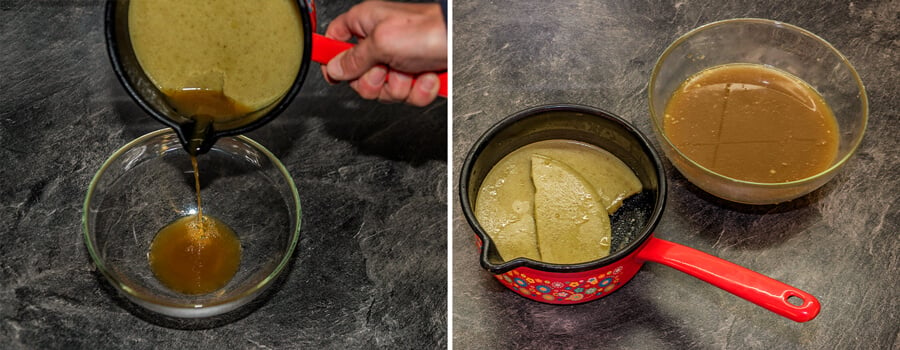
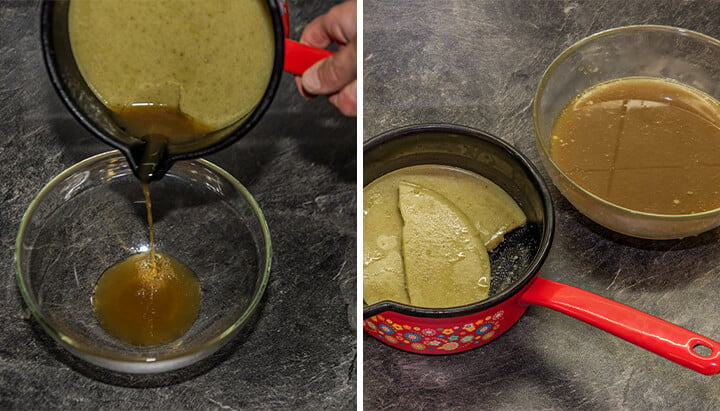
Cannabutter vs Hash Butter
Hash is a concentrated form of cannabis that's much more potent than regular cannabis flower or trim. Hence, when infusing butter with hash, you'll end up with a much more potent edible.
Obviously, the potency of hash can vary depending on how it is produced. Traditional solventless hash varieties such as dry-sift or bubble hash, for example, may contain up to 60% THC. Meanwhile, modern BHO (butane hash oil) can contain THC levels of over 90%. Compared to dry cannabis flowers, which typically contain 15–30% THC, that's a considerable rise in potency usually reserved for experienced cannabis users with a solid tolerance.
Tips for your Edible Experience
To ensure you have a positive experience when using hash butter and cannabis edibles, we recommend the following:
- Know your dose: Suggested edible doses of THC typically range from 2.5–10mg per serving. Therefore, it’s important to know how to calculate how much cannabis/hash to use when making edibles, and how much THC you're ingesting with each dose. There's no way to ensure a good experience with edibles when you don't know how much THC you're consuming.
- Start low and slow: When taking edibles, the recommendation is to take half a standard dose and wait 60–90 minutes to gauge the effects before taking more. Remember, you can always up your dose if you're not quite "feeling it". However, nothing but time will mitigate the unpleasant effects of taking too much THC.
- Know your limits: As you become more familiar with edibles, take note of what dose works best for you and stick to it. If you're happy taking 5mg of THC, there's no need to ingest 10mg just because that's what's considered a standard dose. Everyone's experience with THC is different and should be tailored to the needs of the individual.
How to Make Hash Butter: Step-by-Step
Keep reading to learn how to make delicious, potent hash butter at home with simple ingredients and equipment.
Ingredients
- 1–3g hash, depending on the desired potency
- 2 sticks (1 cup) butter
- 1 litre (4 cups) water
Equipment
- Pot/saucepan
- Whisk/spoon
- Heat-proof container
- Strainer
Directions
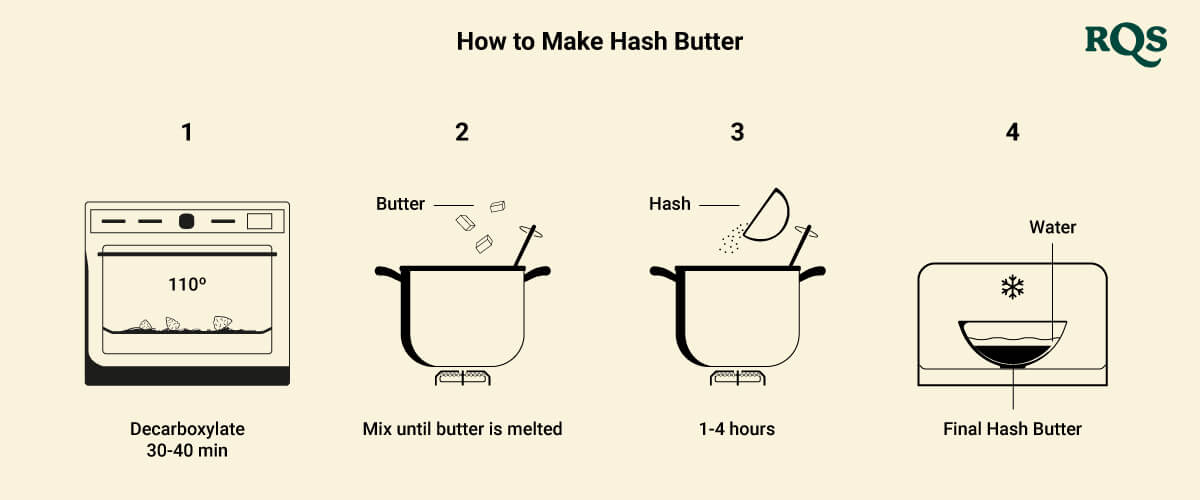
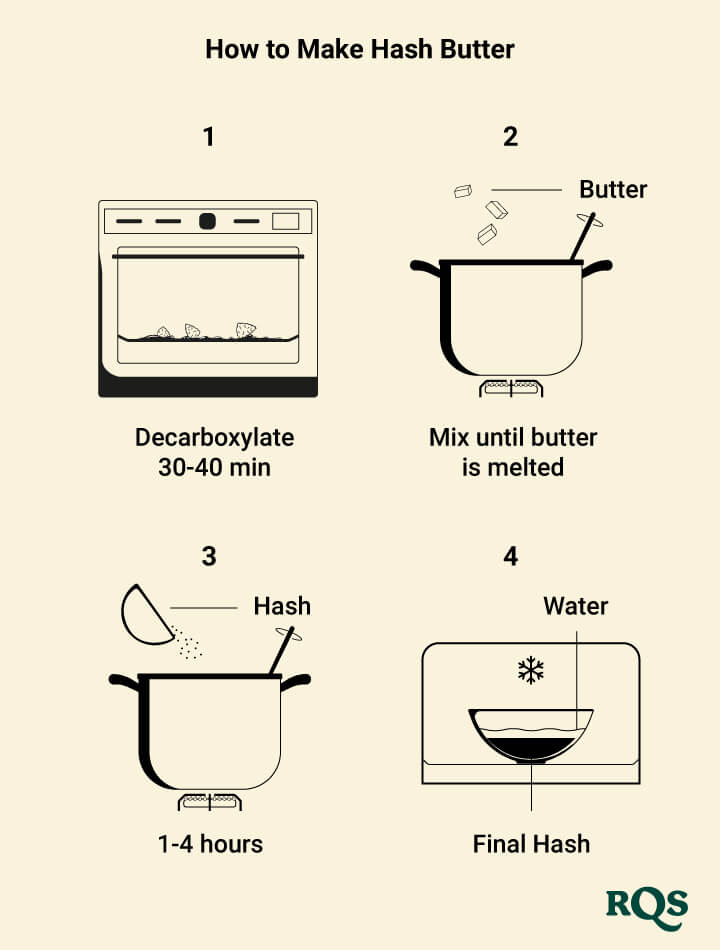
- Decarboxylate your hash in the oven at 110°C for 30–40 minutes. Decarbing involves gently heating cannabis to activate its cannabinoids and ensure your edibles turn out nice and potent.
- Pour the water into a saucepan and bring to a simmer. While you wait for the water to boil, break your hash apart into small pieces to ensure it mixes well with the butter.
- Add the butter to the water and stir to ensure it melts evenly. Do not let the mixture boil.
- Add your hash once the butter has melted completely. Let the mixture simmer on low heat for 1–4 hours, stirring regularly. If need be, add more water to the mixture as this will keep your butter from burning.
- Strain the mixture into a heat-proof container and let it cool/solidify in the fridge. Any leftover water will separate from the butter and can be discarded.
- Store your butter in the fridge until you decide to cook with it. For long-term storage, keep your hash butter in the freezer.
A Note on the Safety of Hash Butter and Cannabis Edibles
There's a lot of debate regarding the safety of cannabis, especially in parts of the world where cannabis laws are undergoing reform. Unfortunately, this debate is often fuelled by misinformation. "The loudest voices in the cannabis debate often are people who have political or financial skin in the game, and the two sides are entrenched", says Kevin Hill[1], associate professor of psychiatry at Harvard Medical School and director of the Division of Addiction Psychiatry at Beth Israel Deaconess Medical Center in an interview with The Harvard Gazette. "So at the end of the day, a lot of what people hear about cannabis is either incomplete or flat-out wrong because both sides are promoting polar opposite views of cannabis".
At Royal Queen Seeds, we love cannabis and believe the plant has long played an important role in human society as an agricultural crop, spiritual aid, and even medicine. However, we also think that it's important for cannabis users to be aware of the potential negative effects associated with cannabis use, especially when using highly potent forms of cannabis such as concentrates, hash or edibles.
Unlike other substances such as alcohol or prescription medications, weed can't cause a fatal overdose. However, that doesn't mean that it can't cause very unpleasant effects when used carelessly. High doses of THC, especially in users with a low tolerance or heightened sensitivity, can cause a "bad trip" characterised by symptoms like:
• Nausea and vomiting
• Anxiety and paranoia
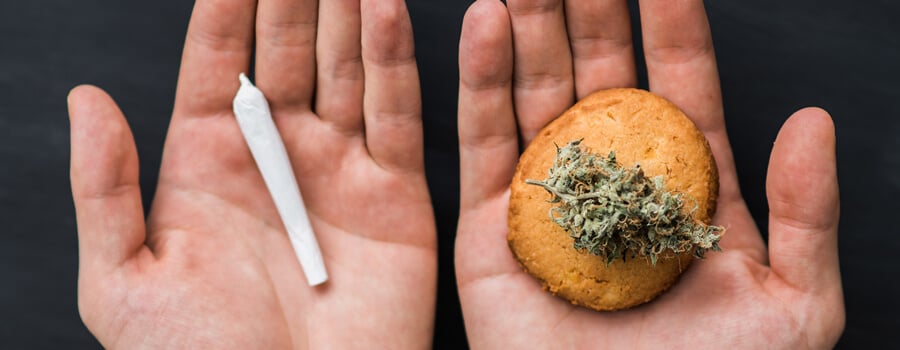
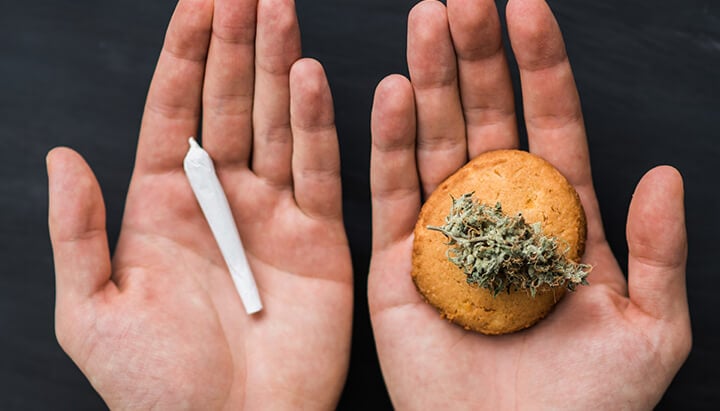
In some cases, high doses of THC can also cause cannabis-induced psychosis[2]—a temporary bout of psychosis with symptoms similar to those of an organic (i.e. not substance-induced) psychotic episode, including high anxiety, paranoia, delusions, emotional instability, and depersonalisation.
Besides these potential side effects, it's also important to be aware of the unique effects edible cannabis can have on our system. When cannabis is ingested, delta-9-THC is absorbed via the stomach and travels to the liver where it is metabolised into 11-hydroxy-THC (11-OH-THC), a metabolite that's much stronger than the delta-9-THC inhaled when smoking/vaping.
From the liver, 11-OH-THC enters the bloodstream and starts to act on cannabinoid receptors in the body to deliver its effects. That's why an edible high can take up to 90 minutes to kick in, yet delivers much stronger and longer-lasting effects than we're used to from smoking/vaping.
All of this information is important to consider when experimenting with potent forms of cannabis such as hash, hash butter, and edibles. Understanding the risks involved with cannabis use is vital knowledge for anyone looking to experiment with weed—particularly potent extracts and edibles.
How Long Does Hash Butter Last?
Hash butter will be kept in the fridge for roughly one week and up to three months when stored in the freezer. While it may last even longer, we recommend using your hash butter in this time frame to ensure your edibles not only taste great but also deliver the potency you're looking for. Just like cannabis flower, hash butter eventually loses its potency when stored for prolonged periods, so we suggest using it while fresh.
Ver esta publicación en Instagram
DisclaimerEdibles are among the strongest cannabis products available. Proceed with caution when using substances high in THC. Start with low doses and slowly increase over time to build up a tolerance to the compound.
Remember: Set and Setting will help you deal with various situations.
Stay Cultivated.


























